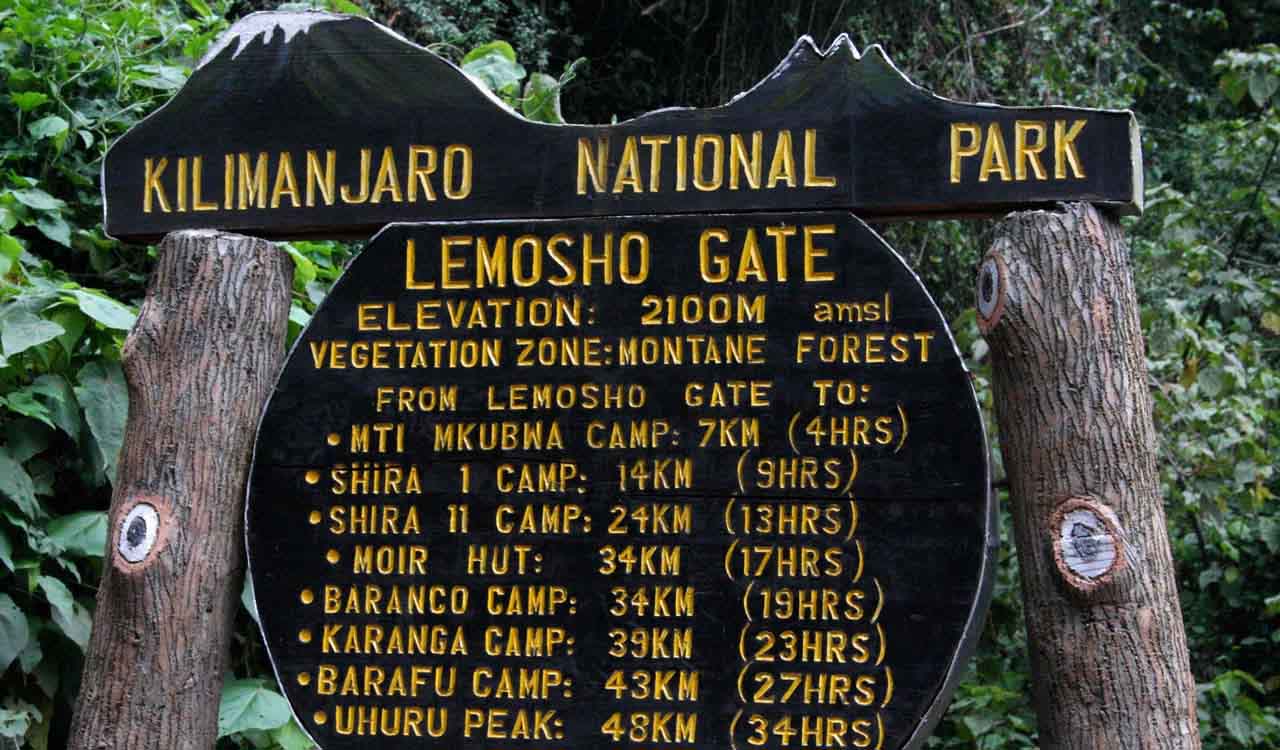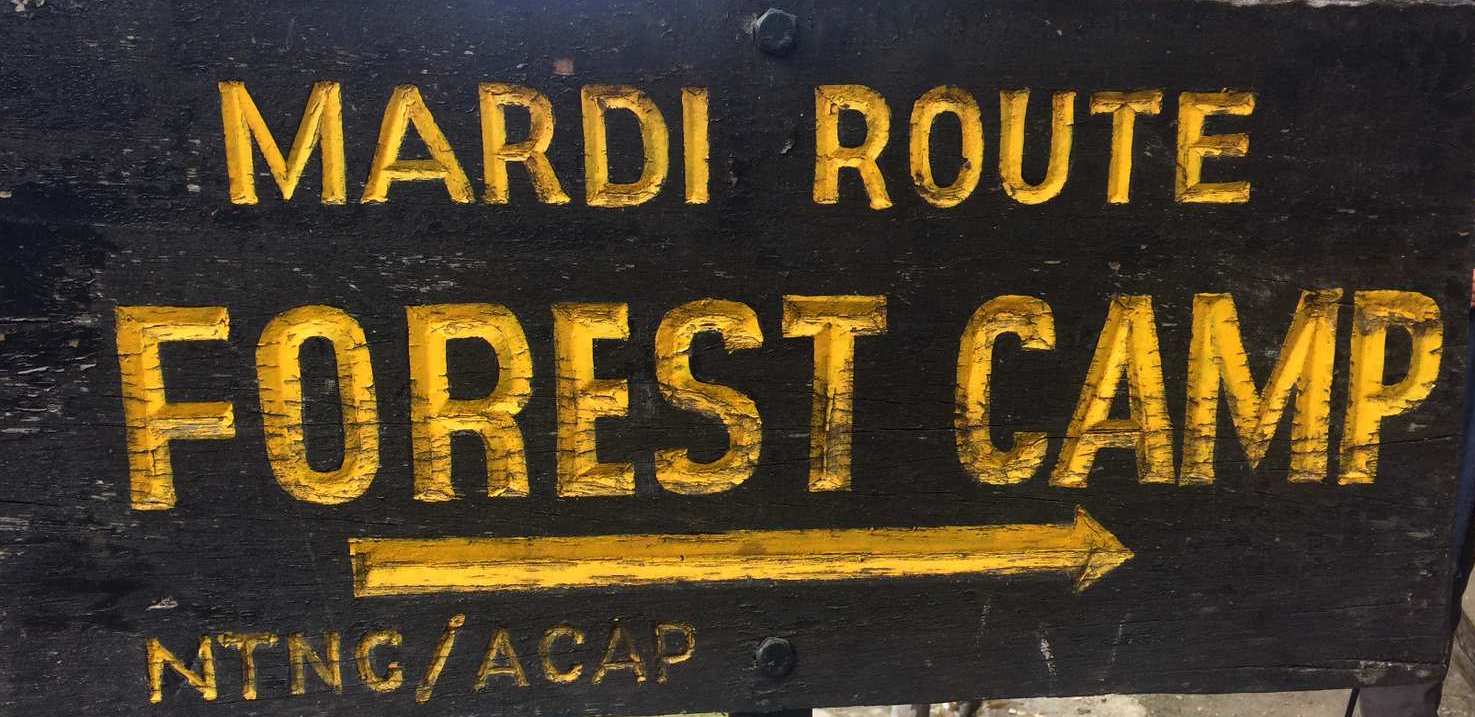 |
| Kangchenjunga range from Rinchinpong/Kaluk West Sikkim |
The Chiwabhanjan Phoktey Dara Trek October 30th to November 8th 2020
October 30th 2020
After more than ten months since our last trek in December 2019, a South Col Expeditions team took a leap of faith and with proper protection and sanitization against covid 19 decided to do a small trek route in West Sikkim. The route popularly known as Phoktey Dara offers a dress circle view of Kangchenjunga and three other 8000 metre peaks Everest, Lhotse and Makalu. The route straddles the border of India and Nepal. After navigating the airports of Calcutta and Bagdogra with double masks, shields and sanitisers, we started around 1.40 pm in the afternoon from Bagdogra airport. The city traffic was heavy and we got to Sevoke and the Coronation bridge in about an hour.
Soon the Teesta was next to us but the Teesta dam project had changed the entire complexion of the river. It was now a silent reservoir, eerie and still. Nothing moved nothing stirred. There were no rapids no noise of the river rushing down from the high glaciers making its way to the plains of Bengal. The environmental degradation due to the Teesta project will definitely have a lost lasting impact on this region and unfortunately we could not prevent it. Soon after Rambi Bazar we entered the landslide zone and the road was ravaged after the monsoon. Going was slow and traffic also heavy. Finally around 3.50 pm we entered Teesta Bazar and crossed the bridge and headed to Melli passing the Kalimpong turn off. We crossed the Melli bridge in ten minutes and showed our Sikkim Tourist registration cards at the check post. There was no other covid related checking like temperature or any other self declaration. Sikkim does not require any covid negative certificate at present. The road from Melli to Jorethang which used to be a beautiful drive along the Rangeet has also been badly damaged by landslides- it took us an hour to reach Jorethang around 5.10 pm and we decided to stop by the Legship bridge for a quick meal for of delicious momos and soup. We left Joretang at 5.30 pm in the dark and headed up to Reshi - on our right higher up we could see the lights of Namchi. Sikkim has a very strong electrification programme and I believe almost all villages big or small have now been given electricity. Around 7 pm we finally entered Rinchinpong and were greeted by an incredible sight - it was full moon night Lakshmi Purnima and the moon was shining bright and clear on the Kangchenjunga range from our lodge room - the Ghonday Resort. In front were the twin towns of Gayzing and Pelling brightly illuminated with flickering lights and the headlamps of the passing jeeps. It was an amazing view and the clarity after the monsoon was also incredible.
Bagdogra to Melli 2 hours 25 min; Melli to Jorethang 1 hour; Jorethang to Rinchinpong/ Kaluk 1 hour 30 min.
























